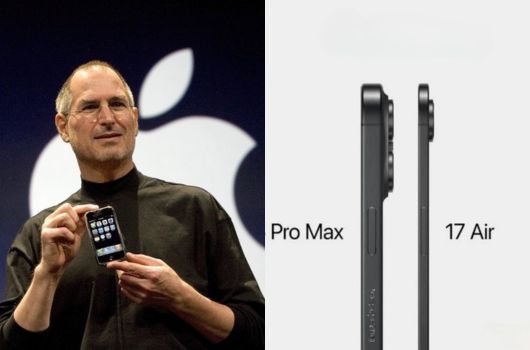The Evolution and Pillars of Apple
Apple's story is a saga of innovation, reinvention, and, above all, a constant pursuit of excellence. Each chapter of its journey was built on a solid foundation, where technology and design came together to create products that not only worked, but also inspired.
The Origin and the Legacy: The Story Behind the Genius of Jobs and Wozniak 🧑💻
Apple Computer Company was founded on April 1, 1976, in Steve Jobs' family garage in Los Altos, California.
The shared vision of Steve Jobs, Steven Wozniak, and Ronald Wayne was to revolutionize personal computing, making it accessible to individuals and homes. Wozniak, the brilliant engineer, was a Homebrew Computer Club enthusiast and dedicated himself to building computers for hobbyists.
Jobs, for his part, had a market vision, recognizing that there was a commercial niche that needed to be exploited.
The first fruit of this collaboration was the Apple I, a single-board computer notable for being the first to include ROM memory and a video interface.
To raise capital, Jobs and Wozniak sold some of their most valuable belongings, including a Volkswagen and an HP calculator, to raise the US$1,300 needed to start the business. The first batch of fifty machines was sold to a retailer called Byte Shop for US$1,666 each.
The initial success was quickly surpassed in 1977 with the launch of the Apple IIThis machine introduced color graphics and housed its electronic components in a plastic case, setting it apart from everything else on the market. The real turning point, however, came with Jobs's vision to go beyond the hardware.
He encouraged programmers to create software for the Apple II, resulting in over 15,000 applications being available in a short time. This not only boosted sales but also set a new standard for Apple's success, leading to US$1.4 billion in funding under the management of former Intel executive Mike Markkula.








